|
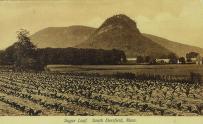
Sugar Loaf, South Deerfield, Mass.
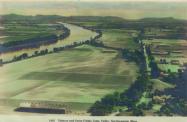
Tobacco and Onion Fields, Connecticut Valley
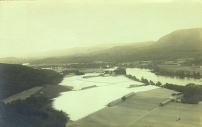
Tent Tobacco Fields from Mt. Sugarloaf
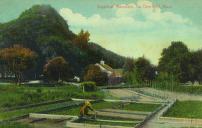
Mt. Sugarloaf with farmer
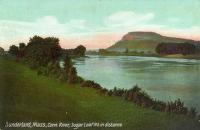
Connecticut River, Mt. Sugarloaf in the distance
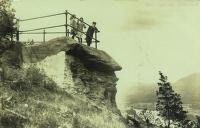
Table Rock, Mt. Sugarloaf

Tobacco Plantation in the Connecticut Valley

Raffia Basket

Willow Basket
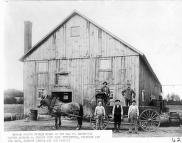
Edward Swan's Pickle Works on the Elm Street

Broom Pounder

Broom-corn broom
|
Summary and Objective
Students will learn how the natural resources of a region affect the products and industries. Beginning with understanding what the natives used and how the settlers used and changed the landscape over time, students will recognize the link between natural resources, products, and industries.
Teaching Plan
Step 1.
As a class discussion to check background knowledge, students will define and give general examples of natural resources, products and industries.
Step 2.
Make a Timeline with students, leaving room to add dates and information. Have a chart divided into three sections: Natural Resources, Products, and Industries. Explain to the students that they will be finding information for the timeline and the chart from the pictures and captions they will be viewing.
Step 3.
In pairs, students will view pictures and read captions from the digital collection to locate information for both the timeline and the chart.
Step 4.
Students will reconvene as a group to begin putting events on the timeline.
Step 5.
Once the timeline is complete, students will decide what natural resources were needed/used for the products and industries that were developed in the CT River Valley.
Step 6.
Each student will enter the timeline and chart in his/her own Interactive Notebook. Students write and draw what was learned from this lesson. It is graded using a rubric for content, correctness,and neatness.
Step 7.
As an extension activity, the class will read A River Ran Wild by Lynne Cherry. This book speaks of the importance of preserving our natural resources.
|




